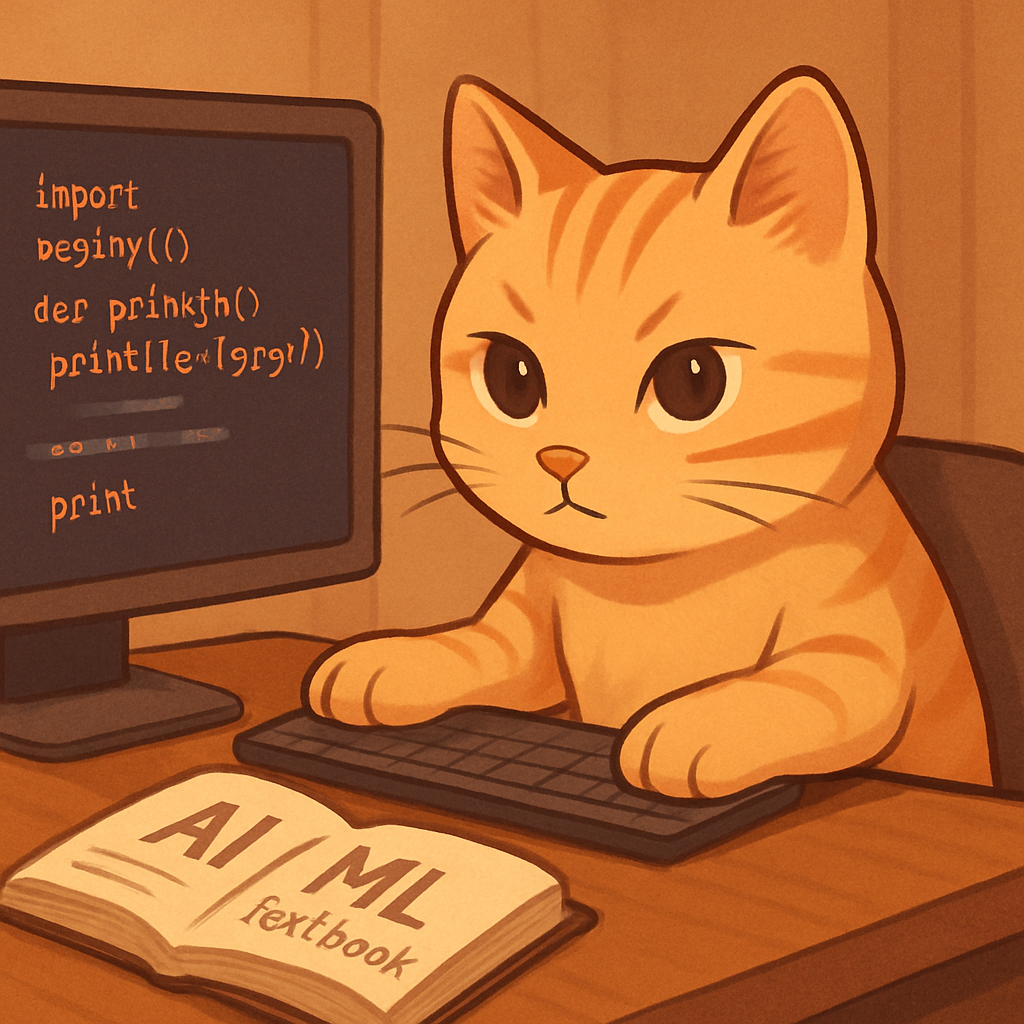When Code Gets Messy: Lessons from Building a User Registration System
Introduction
Today, I tried building a user registration system using Python and object-oriented programming. It started with excitement — a clear vision in my head — and ended with confusion and messy code. The most surprising part? ChatGPT helped me, but also messed me up.
What I Tried to Build
I wanted a basic member system:
- Users could sign up with ID, password, name, phone number, and email
- Data could be saved and loaded via
pickle - Admins could view and manage accounts
I used three main classes:
AccountManager: for managing the listNewAccount: for registering new usersmain(): for menu and control flow
What Went Wrong
At first, I asked ChatGPT for help with simple things — like how to use self, or how to structure a __init__ function. That worked great.
But when I started asking for whole feature implementations, the answers got unpredictable. Sometimes it:
- Added inconsistent logic
- Suggested totally new structures unrelated to mine
- Returned code that broke existing methods
I realized something important: ChatGPT is amazing at teaching me syntax, patterns, and debugging. But not great at continuing my design vision.
A Concrete Example
I asked ChatGPT how to build a full login and edit system. It gave me code that:
- Didn’t match my class names
- Introduced new logic I didn’t plan for
- Overwrote variables or ignored existing ones
I ended up with duplicated logic, abandoned functions like EditUser, and inconsistent flow in main().
What I Learned
- Start small. Use ChatGPT to explain concepts or fix bugs, not to write whole programs.
- Always have a design doc or sketch before coding — otherwise the help you get won’t match your intentions.
- It’s okay to get lost. I still learned about class communication, data persistence, and menu flow.
- Refactoring is inevitable. My current code is messy, but now I understand what needs to be cleaned.
What I want to do next
- Refactor the codebase: simplify functions and connect classes clearly.
- Make each class have a clear responsibility.
- Use ChatGPT only when I know exactly what I want help with — not for vague “make this for me” requests.
- Add login, edit, and delete features step-by-step.
This project didn’t go smoothly — and that’s exactly what made it valuable. I got frustrated, but I also got better.
